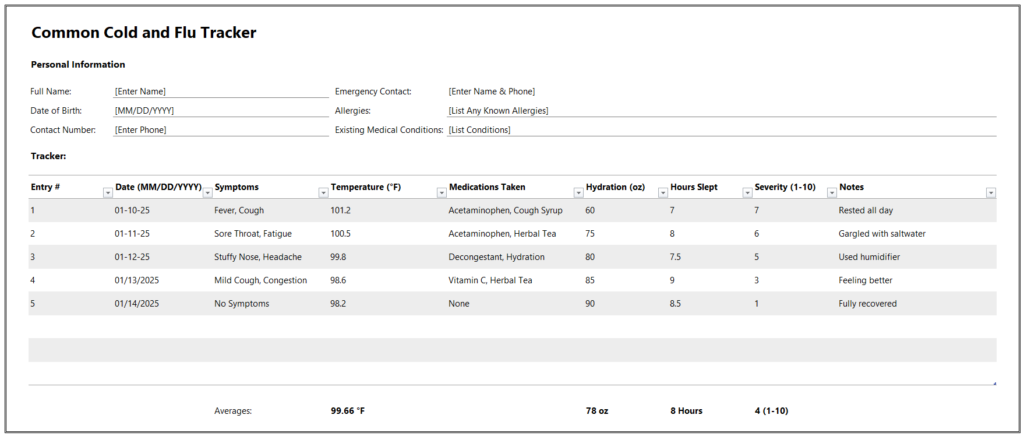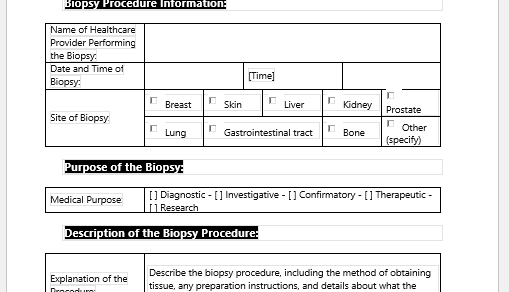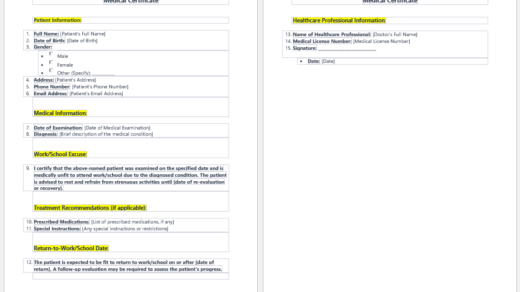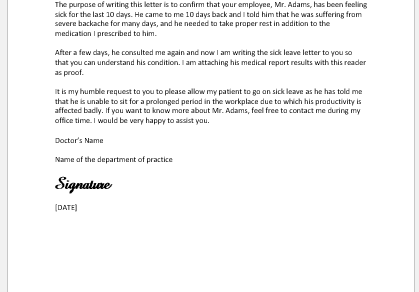Cold or common cold and flu are the most commonly seen problems in any population. Common colds and flu are especially very frequently reported in hospitals and local clinics in winter.
Common cold and flu is a viral infection and usually involves the upper respiratory tract. The common cold is almost always included in the upper respiratory tract infections.
Common viruses causing common cold and flu
Most of the time, common colds and flu are due to viral infections. Up to 200 different strains of viruses causing the common cold and flu have been identified by scientists. Out of all the viruses causing the common cold, rhinoviruses are most frequently found to be the cause of cold and flu.
Signs and symptoms of common cold and flu
Signs and symptoms of the common cold are very general and involve the upper part of the respiratory tract most of the time. Cough, runny nose, sore throat, itchy and watering eyes, and frequent sneezing are the classic signs and symptoms of the common cold. Patients may also complain of pain in the throat which is mostly due to superadded bacterial infections.
Runny nose and swollen watering eyes are the most characteristic features of the common cold and one can tell from a distance if the patient is suffering from some viral infection. Fever associated with the common cold and flu is rare and is found only in case of additional bacterial infections.
Treatment of common cold and flu
- These signs and symptoms of the common cold usually stay for up to a week and start subsiding themselves without any specific treatment. However, symptomatic treatment is necessary because sometimes, the symptoms are too severe to ignore. Painkillers usually Non-steroidal anti-inflammatory drugs are given in common flu in case of severe headache due to running nose. Paracetamol is a common choice by the doctors. Anti-allergic drugs can also be given to the patient with the common cold.
- Some anti-allergic drugs are more sedative in action. For example, cetirizine, histamine, etc. These are used in case of severe allergic symptoms. However, if the symptoms are not too severe and the patient is concerned about his sleep, he may be prescribed low sedative anti-histamine drugs. Examples are fexofenadine which is less sedative and is ideal for patients who don’t want to sleep after taking drugs.
- For nasal congestion, nasal sprays and nasal drops are also available which can relieve the pain and discomfort due to nasal blockage.
- If superadded bacterial infections are suspected, antibiotic drugs can also be added but that depends upon diagnoses.
- Apart from the medications, high fluid intake has also proved helpful in relieving symptoms.
Cold flu tracker
Cold flu tracker is used for patients who frequently suffer from the common cold. It may be a sign of low immunity or in some cases; people are allergic to certain weather, objects, or substances that manifest and mimics features of the common cold. So, a tracker proves to be helpful in identifying the cause and planning the treatment of such patients.


- Trackers for Medical Facilities
- Diabetes Management Plan Sheet for Students
- Claim Form for Health Insurance Policies
- Application Form for Accreditation of Hospital
- Doctor Workplace ID Card Templates
- Doctor Prescription Pads
- Health Assessment Form Template
- Baby Kick Counter Template
- Miscarriage Medical Certificate
- Personal Health Record Sheet
- Vaccine Storage Temperature Checker
- Travel Declaration Form for COVID-19
- Hospital Cleaning Log
- Pain Log Template
- Multiple Patient Vital Sign Flow Sheet


